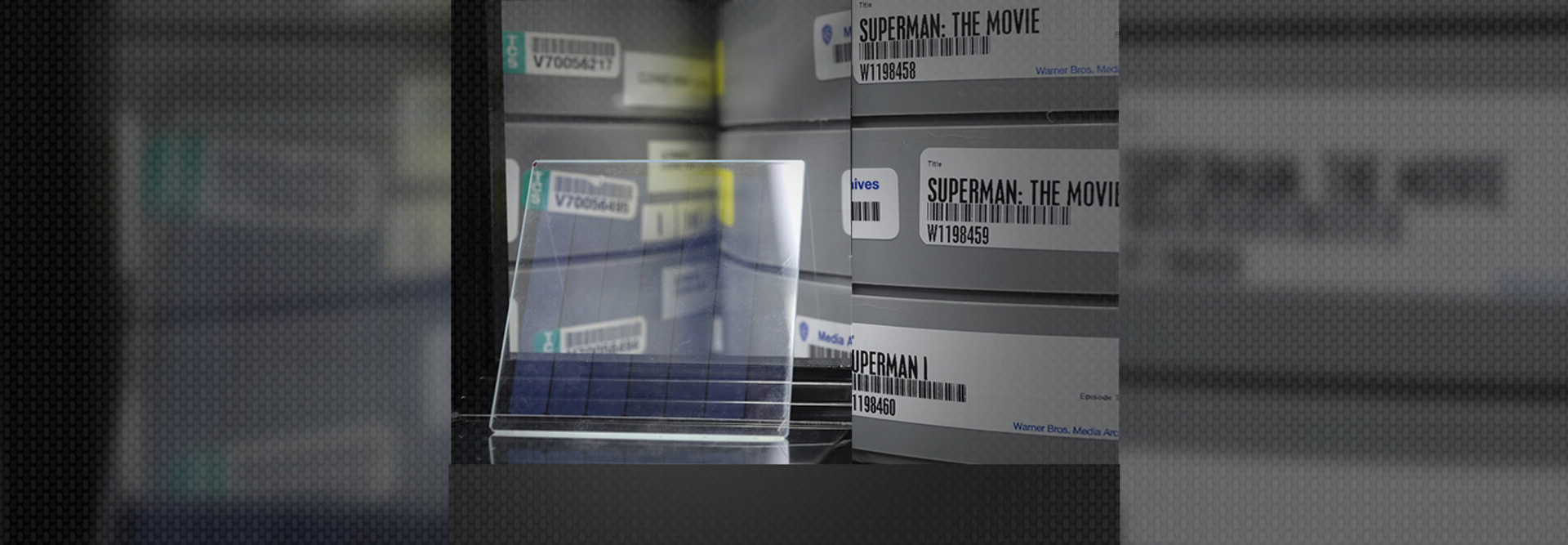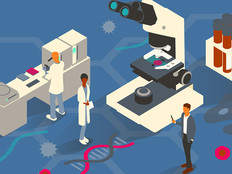The federal government is among the entities interested in alternative data storage methods to keep up with the demand to store mass amounts of data ranging from citizen health records and legal documents to phone calls, emails, text messages and online search histories.
Without new technologies, the government risks losing billions of gigabytes of data over the next decade, according to a May report from the Government Accountability Office.
“The federal government has an exponentially growing data storage burden, but agencies don’t have exponentially growing budgets for data storage,” adds David Markowitz, program manager at the Intelligence Advanced Research Projects Activity (IARPA).
A Look at Emerging Data Storage Technologies
Research into alternative data storage is in its infancy, but two promising options have emerged.
Take synthetic DNA. This high-tech approach to storing data uses computer programs to convert binary data into a collection of digital sequences that encode data. IARPA’s Molecular Information Storage program uses new strands of DNA with the same nucleotides as natural DNA — A, T, G and C — to package data into a 3D volume.
“Under reasonable conditions, DNA will remain stable for thousands of years,” Markowitz says. “In a data storage context, this should eliminate the need for regular integrity checks and media replacement, which are major cost drivers for conventional storage paradigms.”
Developers are working to address issues that include susceptibility to writing and reading errors, but the biggest barrier might be cost: Synthetic DNA storage costs an estimated $3,500 per megabyte, according to the GAO report.
175 zettabytes
The predicted size of the global datasphere in 2025
Source: IDC, “The Digitization of the World: From Edge to Core,” November 2018
Another potential storage method, etched glass, is a 5D tool first developed in 2013. Now, Microsoft is working on Project Silica, a DVD-sized square of glass that stores over 5 terabytes of data using ultrafast laser optics and artificial intelligence. (The five dimensions are the size, the orientation and the three-dimensional position of the nanostructures involved.)
Etched glass is the first data storage technology with co-designed hardware and software that was built for the cloud, and it allows data to be stored for an expected lifetime of 10,000 years. Data could remain in the glass unless it’s melted or crushed, however, posing potential security concerns.
The process is still being refined, but Rowstron believes “all the major technical roadblocks to making this a viable storage technology have been overcome. It opens up an incredibly exciting opportunity to challenge and completely rethink traditional storage system design.”
While both technologies are in development, Brian Bothwell, the GAO’s director of engineering and technology assessment, estimates it could be 2030 before alternative storage options are commercialized. In the meantime, developers must overcome significant hurdles.
As a result, Bothwell notes, “both technologies may be best suited for archival data storage rather than everyday applications.”












